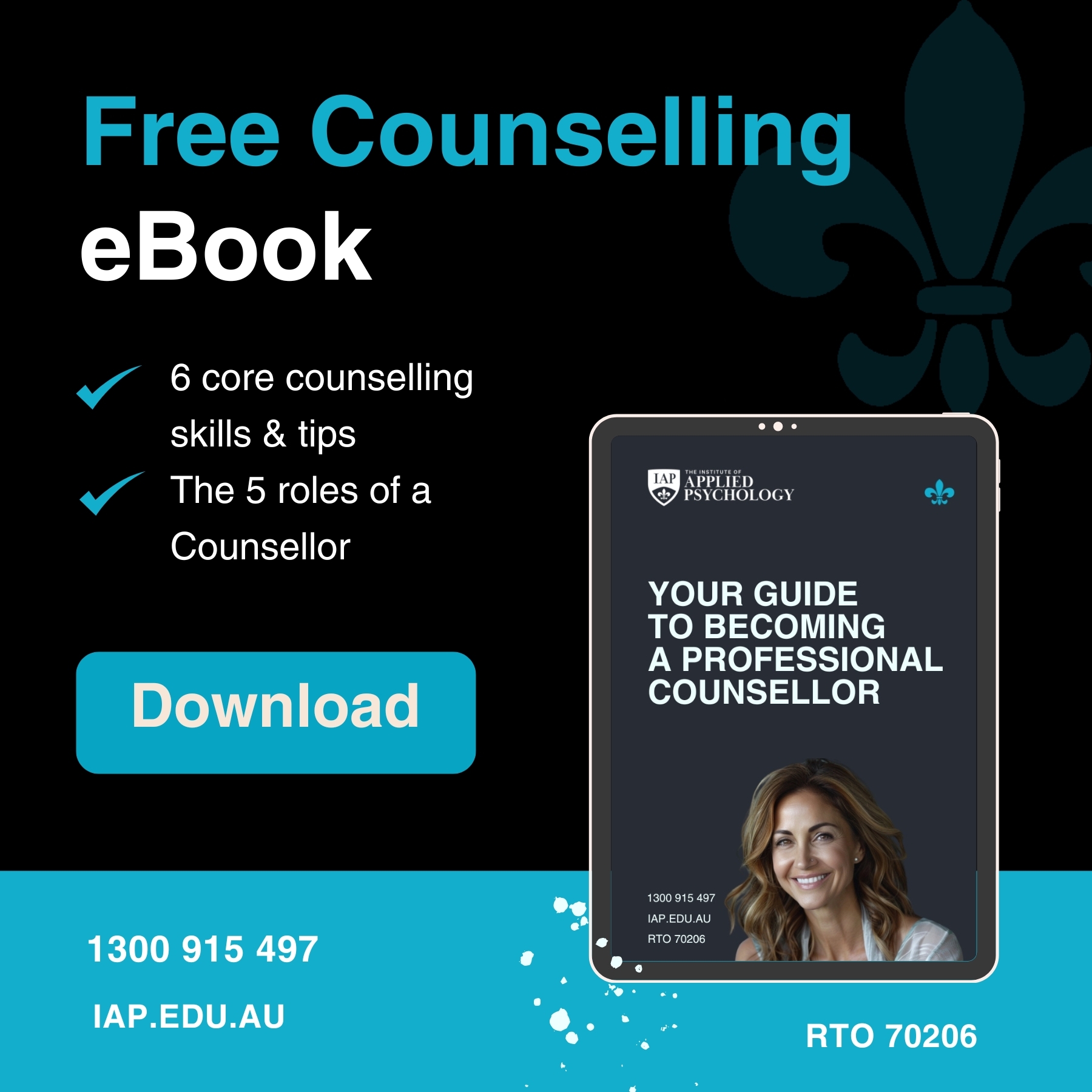Top NLP Techniques to Improve Communication & Influence in Work and Life
What is NLP?
Neuro-Linguistic Programming (NLP) is the study of how our mind (neurology), language, and internal programs (habits, beliefs, behaviours) interact. By understanding these connections, we can learn how to reframe limiting beliefs, improve the way we communicate with ourselves and others, and create new strategies to achieve goals more effectively.
Put simply: NLP is about decoding how people think, feel, and behave—and then applying tools and techniques to unlock positive change. It’s widely used in coaching, business, leadership, therapy, and everyday life because it helps people communicate with more clarity, influence with integrity, and connect more deeply.
The Top 7 NLP Techniques for Communication
1. Rapport Building
Communication starts with trust. NLP teaches the power of matching and mirroring—subtly aligning your body language, tone of voice, and pace of speech with the other person. This creates a sense of comfort and connection.
Example: If a colleague speaks slowly and calmly, slowing your pace slightly can help them feel understood.
2. Meta Model (Precision Questioning)
We often use vague or generalised language without realising it. The Meta Model helps you dig deeper, uncover specifics, and avoid misunderstandings.
Example: Instead of accepting “They never listen to me,” you could ask: “Who exactly doesn’t listen? What do they do that makes you feel unheard?”
3. Milton Model (Conversational Influence)
Named after renowned hypnotherapist Milton Erickson, this model uses artfully vague language to open possibilities and gently influence others.
Example: Saying “You might find yourself becoming more confident as you speak” invites the listener to imagine confidence rather than resisting a direct instruction.
4. Anchoring
Anchoring is about linking a physical or verbal cue to a specific emotional state. Over time, the anchor can trigger that emotion on demand.
Example: Before presentations, press your thumb and forefinger together while recalling a past moment of success. Eventually, this gesture will re-create feelings of confidence.
5. Swish Pattern
This technique helps replace negative thought patterns with positive ones quickly. By visualising an unwanted image (e.g., a fear of public speaking) and rapidly “swishing” it into a more empowering image (e.g., yourself speaking confidently), your brain rewires the association.
6. Reframing
NLP reframing is about changing the meaning you assign to a situation. A challenge can become an opportunity, and criticism can become feedback for growth.
Example: Instead of thinking “This project is stressful,” reframe it as “This project is stretching me to develop new skills.”
7. Sensory Language (VAK)
We all process the world differently—some are more visual, others auditory, others kinesthetic (feeling-based). Matching someone’s preferred representational system builds stronger resonance.
Example: If a client says “I see what you mean,” respond with visual language like “Let me show you a clearer picture.”
Why Communication with NLP Matters
Communication is at the heart of success—whether you’re leading a team, negotiating with clients, or building personal relationships. NLP techniques give you practical ways to:
Increase trust and rapport
Resolve misunderstandings faster
Influence with integrity
Lead conversations with confidence
🎥 Learn More: Communicate with Influence
Everyday NLP Checklist
✅ Practise active listening daily
✅ Identify whether someone is visual, auditory, or kinesthetic
✅ Use positive framing in workplace feedback
✅ Set personal anchors for confidence before meetings or presentations
✅ Reframe setbacks as learning opportunities
NLP techniques can transform how you connect, influence, and lead. They’re not just “tools for work”—they’re life skills that help you become more effective, empathetic, and empowered in every area of your life.
Ready to Explore Your Path?
If you’re curious about mastering NLP techniques, call 1300 915 497 and speak to one of our course advisors today. Discover how NLP can help you grow in both your professional and personal life.








